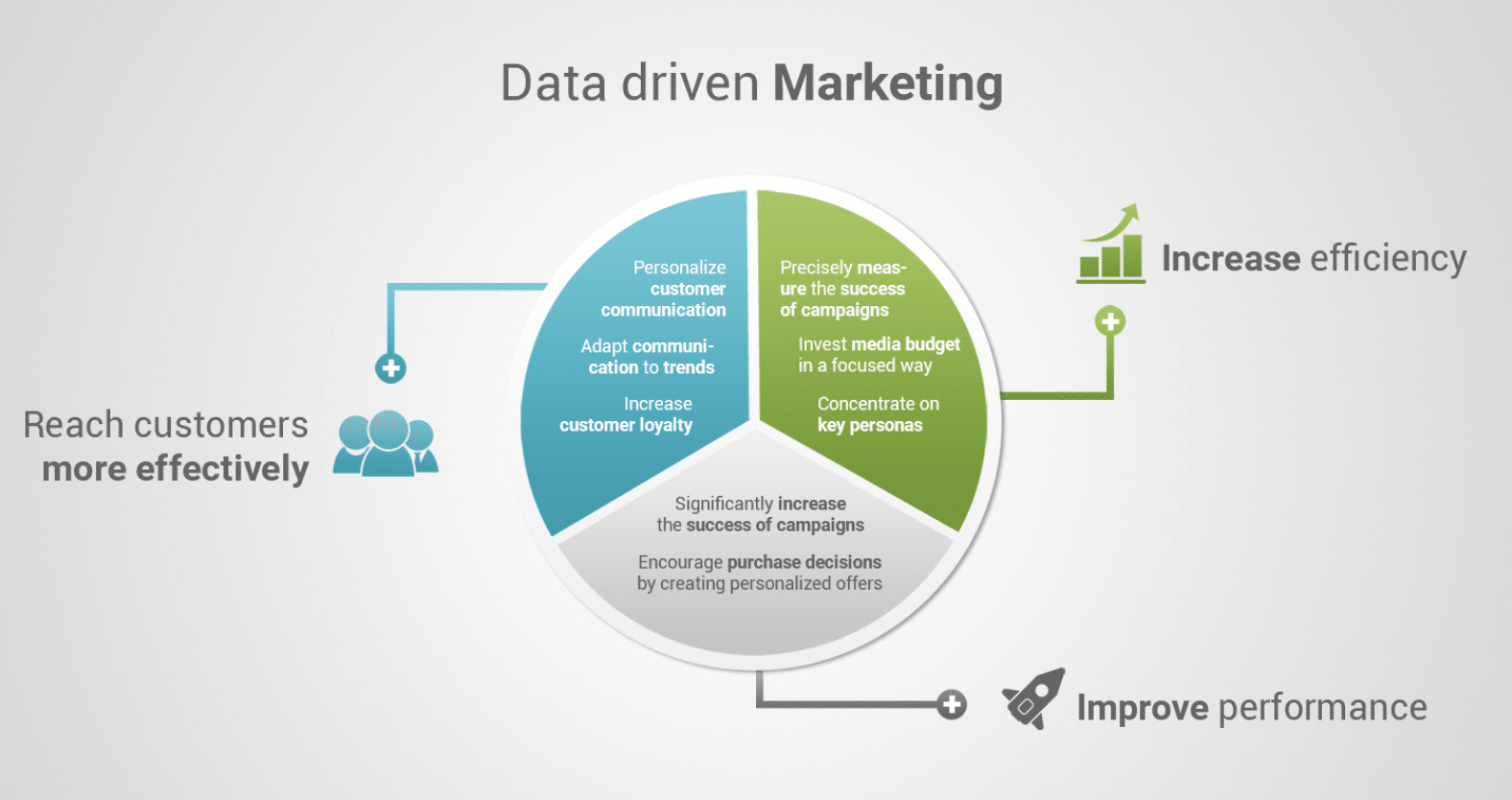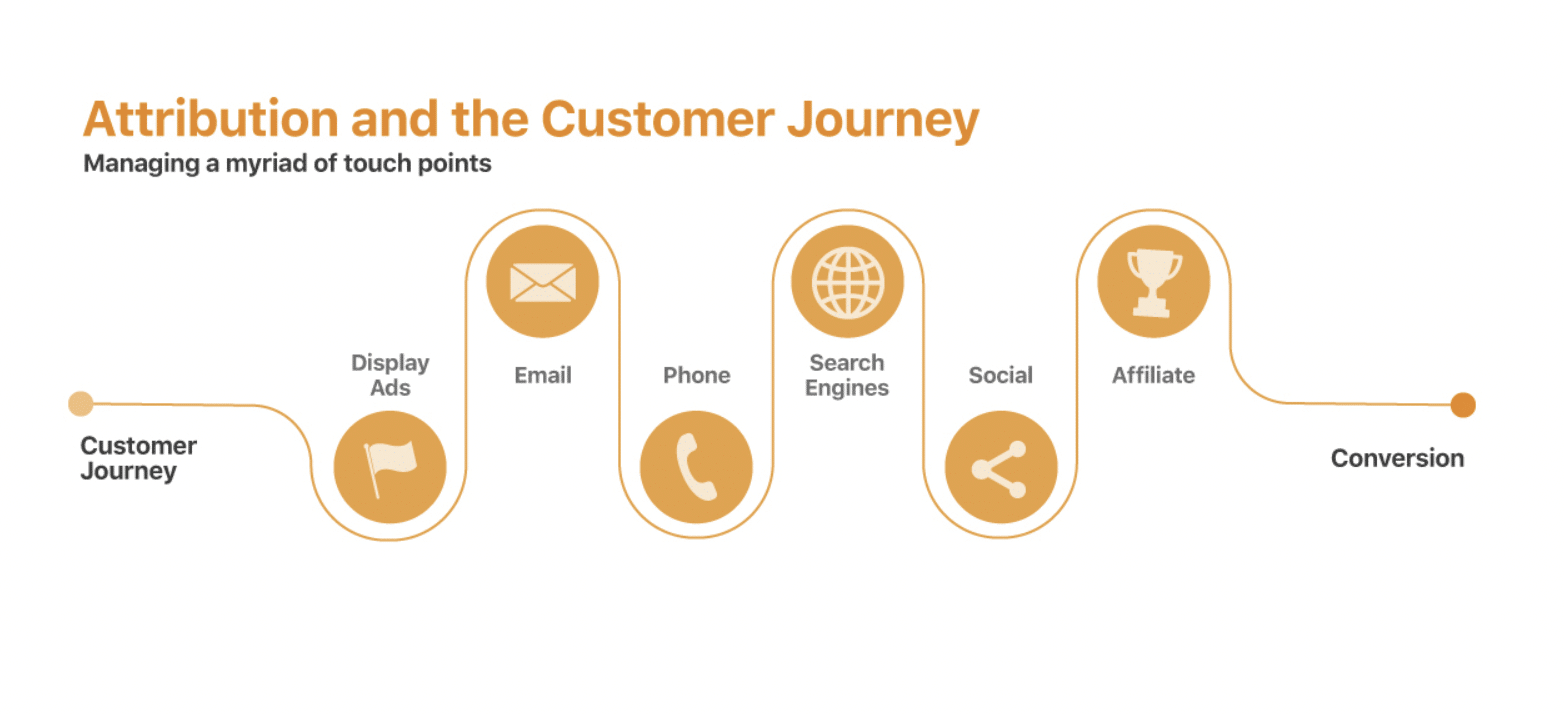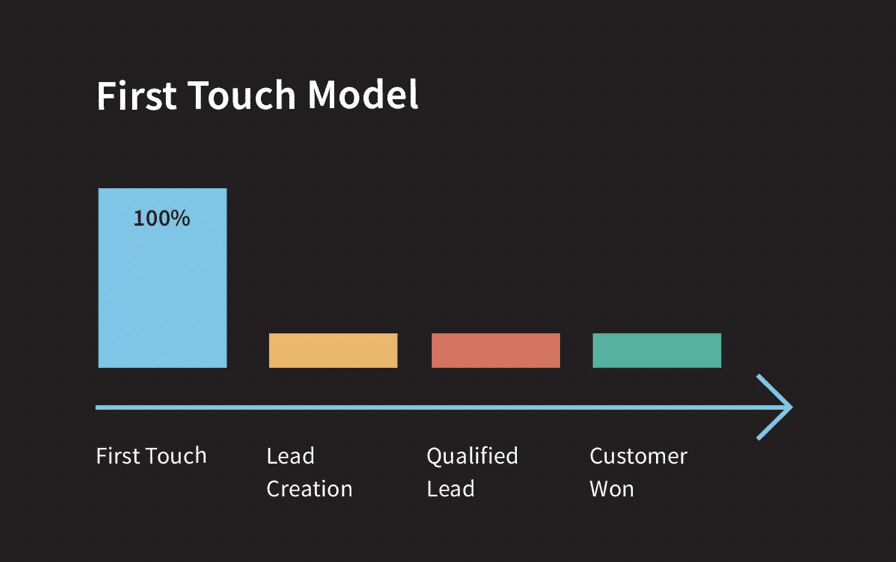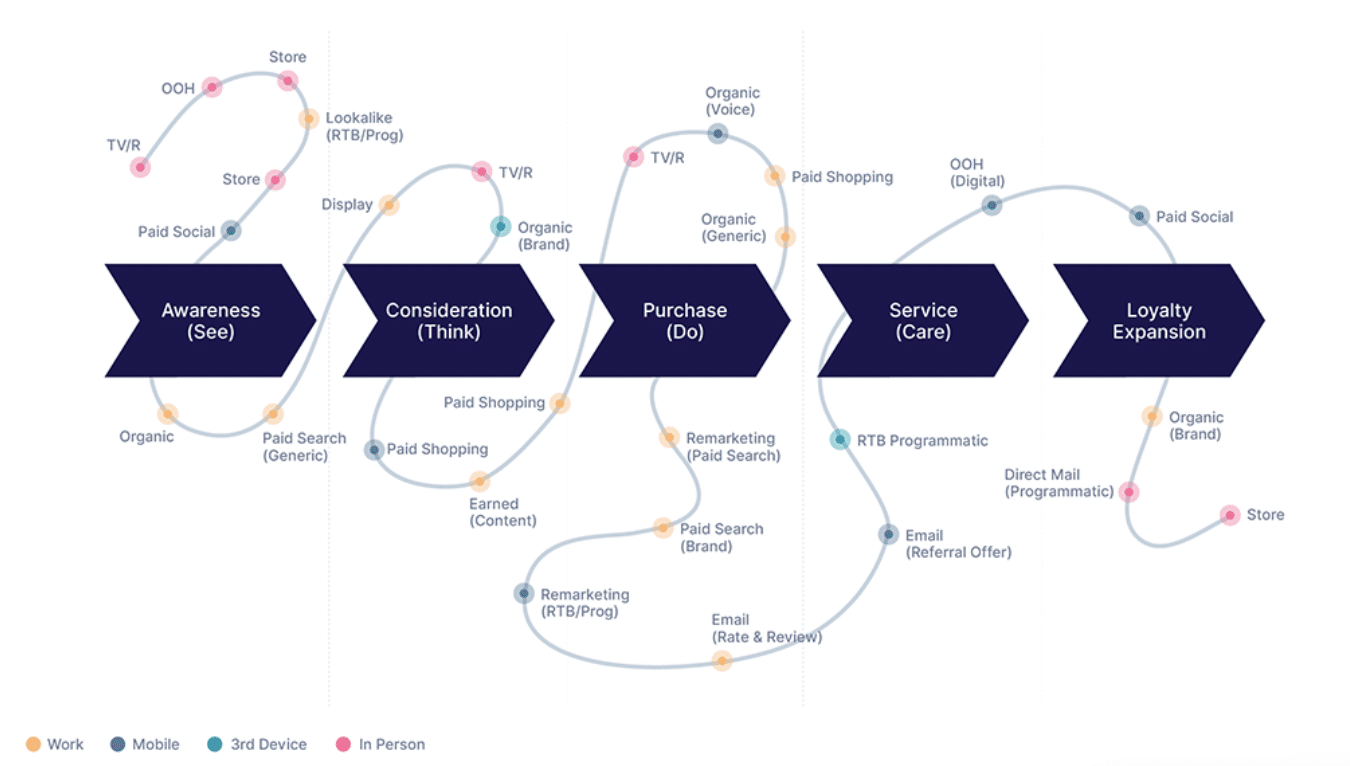One of the strangest bi-products of the move from brick-and-mortar stores to an online marketplace is the fact we now know more about customers we’ve never met than shop owners of yesteryear could have dreamed of. The main reason is that everyone’s internet-supporting tech also tracks them.
Using software like cookies, e-commerce retailers can easily track the traffic coming to their sites. Information such as where customers are coming from and what they’re doing, while they’re there, is at the tip of their fingers.
Putting the ethics of this to the side for a second (only now are people beginning to take discussions around their online privacy seriously), there’s never been a better opportunity as a marketer to use analytics to create campaigns.
The entire purpose of your job is to drive more people to your store and persuade them, once there, to make a purchase. And, if the choice of how to do this boils down to two options, one being guesswork and the other a data-driven strategy, you’d be a fool not to action the latter.
Out of this mindset, concepts like marketing attribution and RPA training online have arisen and developed in line with technology. We’ve now reached a point where these should be at the forefront of any marketer’s mind when it comes to producing strategies.
In this guide, we’re going to discuss what marketing attribution is, how you can do it, what challenges you’ll face, and the reasons why it’s important.
What is Marketing Attribution?
Before we go into the technical details, let’s make sure we understand what’s meant by the term “marketing attribution”. It’s less a phrase that does what it says on the tin and more one that’s shorthand for the idea of using customer behavior to inform future decision-making.
At its most basic, marketing attribution refers to a set of data points employed to better visualize and improve the digital experiences of customers.
It’s a practice that involves specifying the elements of your analytics that directly contribute to the conversion. This can take a number of forms, as we’ll see in a minute. As a quick example, though, imagine a consumer is on a website and sees an advert for a new television. They click on this, which brings them to your site.
Once there, they shop around but leave before making a purchase. The next day, they receive an email reminding them of the item, click through, and complete the transaction. There are several data points in this example that you can attribute credit to for the eventual purchase.
Deciding which of these you want to apportion the most credit to or whether you want to spread the credit evenly depends on the type of marketing attribution you employ.
How to Implement Marketing Attribution: Three Different Models
As with anything that exists in the e-commerce world, there are tools that allow you to automate marketing attribution. And, as with most automated things, like workflow management software, the assumption is you turn it on and let it do its work. One less thing to worry about, right?
Well, not quite. You see, people use different criteria to decide what constitutes a “conversion”, and if your attribution model doesn’t reflect this, the data it gives you will be ineffective and unusable.
Some of the different types of attribution modeling you should familiarize yourself with before deciding which works best for you are as follows:
- Last click. This places importance on the final ad or link the customer clicks before purchasing.
- Linear. This spreads the importance across all touchpoints the customer has visited, regardless of the order in which they visit them.
- The first click. This emphasizes the first trackable action the customer makes that leads them to arrive on your site.
It’s worth noting at this point that this list is not comprehensive and other models do exist.
Why Marketing Attribution is Challenging
We referred earlier to the fact that marketing attribution, which deals in the business of tracking customer movements, is a practice that’s becoming more challenging. The main reason is that people are becoming more aware of the security and privacy black holes that exist online.
While this awakening should be celebrated, as it prevents the worst kinds of fraud and financial ruin from becoming prevalent among people who put faith in the wrong places, it does lead to legislation that negatively impacts practices like marketing attribution.
Legal changes, such as the introduction of GDPR, mean consumers are moved away from being automatically opted into tracking programs and to a place where this decision has to be a manual one.
It isn’t only legislation that causes potential issues. The fact so many consumers are multi-device users makes it a more complex practice of understanding when, how, and for how long they’ve interacted with your site. Unraveling this is key to getting the most out of your data.
The automation of this area, similar to the effect a power dialer has for someone who works with voice calls, is only as effective as the person that sets it up, so make sure it’s done correctly and that employees are properly trained in using it and understanding how it works.
Regardless of these challenges, however, marketing attribution remains the best way to understand customer behavior online in a manner that allows you to create more tailored and successful campaigns going forward.
Below, we take a look at some of the reasons why.
Reason #1: It’s Comprehensive
Depending on how you set up your marketing attribution model and how much emphasis or “credit” you place on the different stages of customer interaction, you can use analytics to see everything that’s being done in the order visitors are doing it.
The more data you gather from the more customers that visit the site, the better you’re able to read between the lines. It’s important to remember data is only as good as the analysis and conclusions you draw from it.
From a business standpoint, advancements such as workflow automation have allowed employees to focus more on the problems the business has, while safe in the knowledge that the process of ordering is being managed correctly.
In many ways, marketing attribution is the data-collecting equivalent to this, allowing you to spend more time analyzing your results than gathering them in the first place.
As your confidence in reading between the lines of this data grows, you’ll feel more able to make informed decisions on existing and future campaigns that could have a significant positive impact on the fortunes of your business.
Reason #2: It’s Data-Driven

By this, we don’t mean it holds an advantage because it accumulates information on customer behavior. A lot of analytics do this, and if you’re looking for a simple way to view hit rates, site views, or link clicks, chances are you’ll find this on your standard analytics page.
The reason data brought together by marketing attribution is more valuable to businesses is simple. It’s data gathered based on customer actions, taken at a time when the customer isn’t aware their actions and how they perform are of value. They complete these actions naturally, giving you greater insight into how your customers behave.
Other ways of getting this kind of response from customers – surveys, questionnaires, follow-up chats – all allow for the introduction of inaccuracies at the hands of subconscious bias i.e. the customer views their behavior online as different from what they’re doing because they have a particular idea of how they shop already in their head.
Using marketing attribution models removes the potential for personal opinion and self-image to muddy the waters of your results. Think of it like an automatic call distributor, moving the customer journey along without them even noticing anything has happened.
This makes the data you’re using more reliable and puts you in a better position to inform your future campaigns.
Reason #3: It’s Adaptable
Another advantage of marketing attribution models is how adaptable and fluid they are. This isn’t to say they move or shift in a way that’s unintelligible or unmanageable. Rather, it means that, depending on what you’re looking to achieve, you can move the emphasis to different parts of the customer journey.
If you want to give more value to your retargeting efforts, then last-click attribution is one model you can try. Similarly, if you want to focus on the initial investigations of a customer, first-click attribution is what you should go for.
The point here is that this is a model that can be changed to reflect your company values and aims. If you change goals in a year, your marketing attribution model can change too with minimal fuss.
The need for flexibility in all aspects of our jobs is something that’s only going to increase as we emerge from the uncertainty of the COVID-19 pandemic. In terms of the working environment itself, hybrid models, that comprise of remote and office work, are being trialed all over the world, with cloud computing and other modern technology helping these efforts.
Using a flexible and adaptable concept when it comes to your marketing strategy – such as marketing attribution – is one way in which this mindset carries over to operations, future-proofing this area of your marketing against any painstaking, mass remodeling.
Conclusion
Of all the ways we’ve developed to track and understand customer behavior online, marketing attribution is perhaps the most thorough.
Going beyond merely showing what your consumers are doing, it allows you to place the emphasis on different elements of your web presence. This makes it customizable, and the data you subsequently acquire is more reflective of the direction your business is traveling in and can fuel better eCommerce marketing in the future.
This allows you to make informed decisions that speak more accurately to your situation. At a time when the global online marketplace is more crowded than ever, personalization is proving to be the way forward, and marketing attribution allows you to capitalize on it.







